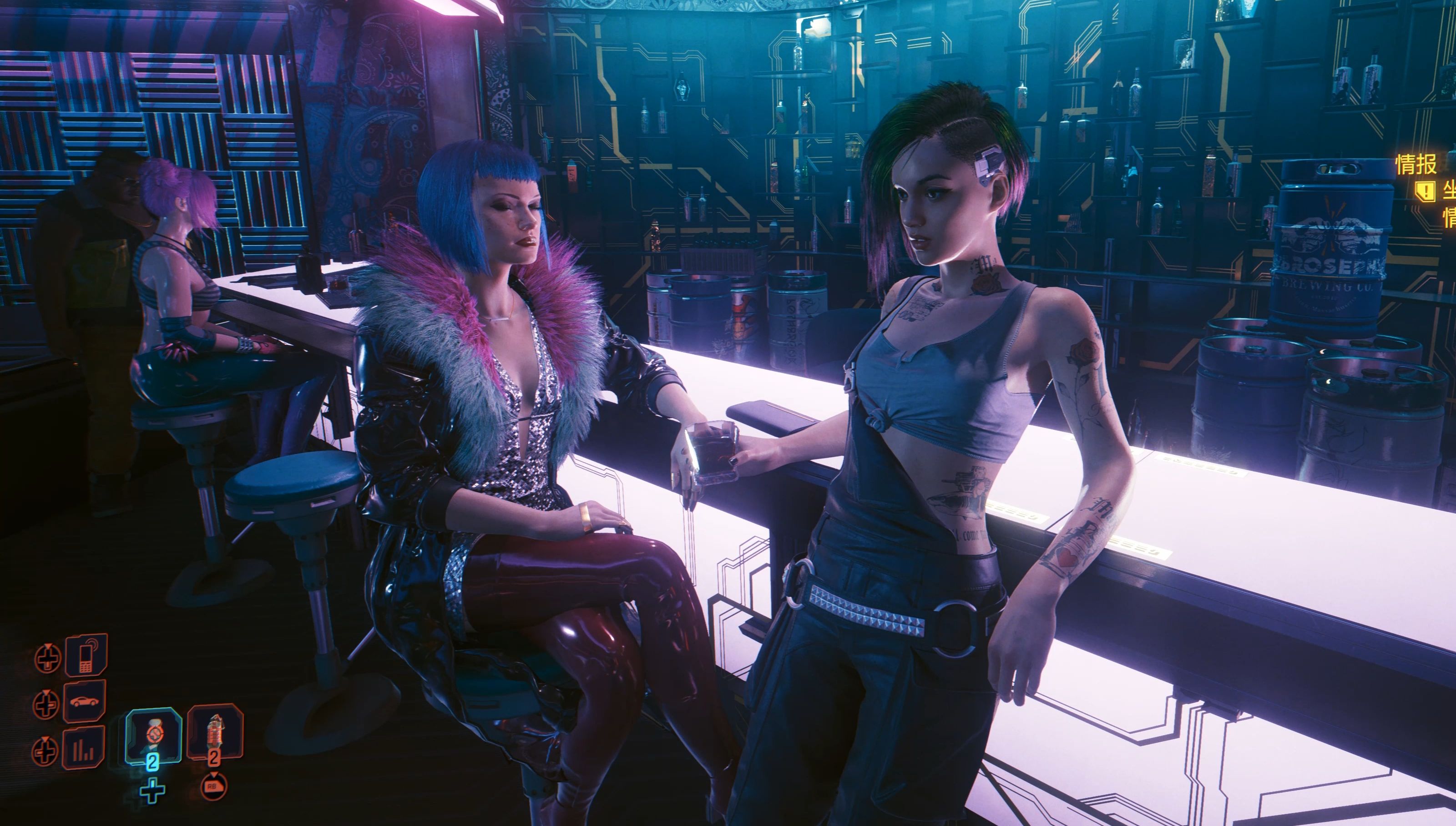Killer Instinct (2013) Score: Reboot Reception
When Killer Instinct was rebooted in 2013 by Double Helix Games (later Iron Galaxy Studios), it marked the return of a beloved fighting franchise after a 17-year hiatus. The original Killer Instinct (1994) was a groundbreaking arcade title, known for its fast-paced combat, combo-heavy mechanics, and unforgettable announcer lines. The 2013 reboot, released as a launch title for the Xbox One, faced high expectations from both nostalgic fans and a new generation of fighting game enthusiasts.
A Bold Reinvention
The 2013 Killer Instinct was not a simple remaster but a complete reimagining. While it retained the core identity of the series—fluid combat, combo breakers, and the iconic "C-C-C-COMBO BREAKER!" callouts—it modernized the mechanics for contemporary audiences. The game introduced a unique "Combo Assist" system, allowing newcomers to execute flashy moves with simplified inputs while still rewarding veterans with deeper mechanics.
One of the most praised aspects of the reboot was its free-to-play model. Players could download the base game for free, with a rotating roster of characters, and purchase additional fighters individually or as part of a season pass. This approach made it accessible while still offering substantial content for dedicated players.
Critical Reception: A Strong Comeback
Critics generally responded positively to Killer Instinct (2013). The game received praise for its fluid combat, impressive visuals, and Mick Gordon’s electrifying soundtrack, which blended heavy metal with electronic beats to match the game’s high-energy fights. Reviewers also highlighted the depth of its mechanics, which appealed to both casual and competitive players.
However, some criticisms were directed at the initial lack of content. At launch, the roster was limited to just six characters, a far cry from modern fighting game standards. Additionally, the free-to-play model, while innovative, was seen by some as restrictive for those unwilling to invest in additional fighters.
Community and Competitive Impact
Despite its rocky start, Killer Instinct quickly gained traction in the fighting game community (FGC). Its fast-paced, combo-driven gameplay made it a standout among other fighters like Street Fighter and Mortal Kombat. The game’s emphasis on mind games—knowing when to extend combos or attempt a breaker—created intense, high-stakes matches that were thrilling to watch.
The competitive scene embraced Killer Instinct, with major tournaments like EVO featuring the game prominently. Players such as Justin Wong and Rico Suave became synonymous with the game’s competitive meta, showcasing its depth and entertainment value. The developers also supported the game post-launch with balance patches, new characters, and stages, ensuring its longevity.
Legacy and Influence
By the time support for Killer Instinct (2013) concluded in 2017, the game had evolved significantly. The roster expanded to 29 characters, including guest fighters like Rash from Battletoads and Arbiter from Halo. The game’s netcode was also praised for its stability, setting a benchmark for online play in fighting games.
In retrospect, Killer Instinct (2013) succeeded in reviving a dormant franchise while carving its own identity. It proved that a reboot could honor the past while innovating for the future. Though it never reached the mainstream popularity of Street Fighter or Tekken, it earned a dedicated fanbase and critical respect.
Conclusion
The 2013 Killer Instinct reboot was a risky endeavor that paid off. It modernized a classic franchise without losing its soul, delivering a fighting game that was both accessible and deep. While it had its shortcomings at launch, continuous support and community engagement solidified its place as one of the most underrated fighters of its generation. For fans of the series or fighting games in general, Killer Instinct (2013) remains a thrilling, high-octane experience worth revisiting.
















